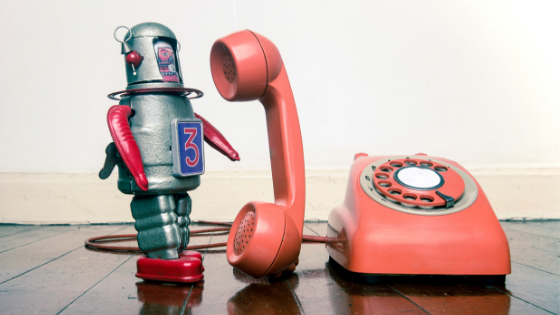Robocalls cost consumers $3 billion a year in lost time alone, the chief economist and chief technology officer from the Federal Communications Commission revealed yesterday, as the agency gets set to vote today on a proposal that would give carriers and consumers more power to block automated calls, be they illegal or not.
Carriers spend $10 per call from consumers who complain about robocalls, the economists wrote, adding more financial fuel to the fire to do something about the problem.
It also seems, that judging from the tone of the blog post, that today’s vote is a foregone conclusion.
“Soon your phone company will know with certainty that it is able to block calls based on computer analytics that tells them that these calls are unwanted robocalls. Your phone company may already offer you such a service today on an opt-in basis. However, many people are not aware these services are available or do not know how to turn them on. Of course, you can opt out of your phone company’s blocking service at any time.”
Consumer groups, meanwhile, feel the FCC’s proposal does not go far enough.
“These rules only allow phone companies to take additional steps to protect consumers from robocalls, they stop short of requiring them to do so,” Maureen Mahoney, a policy analyst with Consumer Reports, said in an email. She said the agency should go further, such as squelching a trick known as spoofing, when nuisance callers display a false caller ID.
The concern regarding the proposal from companies, including those in the credit and collection industry, is that legitimate calls may get caught up in the anti-robocall nets being laid out by carriers and technology companies, and keep consumers from receiving important information about debts, doctor’s notices, and school closings.
In a comment filed with the Consumer Financial Protection Bureau related to the proposed debt collection rule, the American Bankers Association pointed out the problem with the FCC’s proposal.
- One large bank reported that it conducted a pilot project in which it tested the status with voice service providers of 29 of the bank’s phone numbers used to place collections-related calls. For each of the 29 numbers, at least one call-blocking program assigned a derogatory label to the number.
- A second large bank asked an external vendor to review how voice service providers label nine phone numbers that the bank uses to make calls. The vendor’s research revealed that eight of those nine phone numbers are labeled as “spam likely,” “suspected spam,” or “spam number” by at least one of the four largest providers, possibly because of the large volume of calls the bank places from each number.
- A third large bank provided to a vendor 10 phone numbers that the bank uses to place collections-related calls. The vendor determined that 7 of the 10 phone numbers were assigned a derogatory label such as “Potential Spam”, “Suspected Spam”, “Spam Number”, “Nuisance Label” or “Debt Collector” by at least one of the mobile apps deployed by the major wireless carriers.









